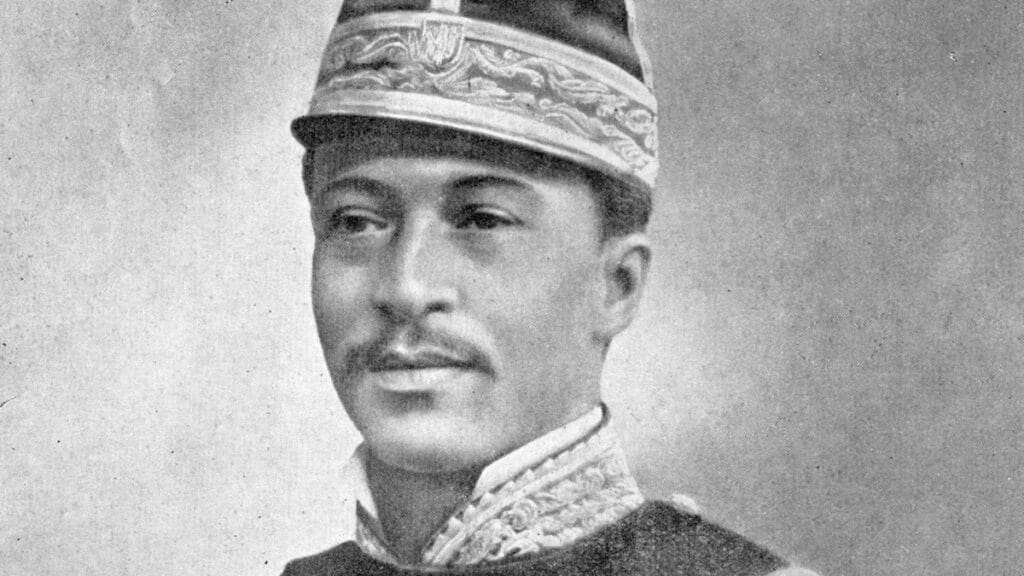Dominican Restoration Day (El Día de la Restauración Dominicana) commemorates “El grito de Capotillo” which launched the Dominican War of Restoration. It’s a holiday in the Dominican Republic. In presidential election years, it’s also inauguration day. Congratulations to Dominican President Luis Abinader who is being inaugurated to his second term on August 16, 2024.
Dominican Restoration Day

On August 16, 1863, a group of Dominican patriots led by Santiago Rodríguez raided the border town of Dajabon and raised the Dominican flag on Capotillo Hill. This action known as “El grito de Capotillo” (The Cry of Capotillo) was the trigger for the Dominican War of Restoration.
The struggle between Dominican rebels and Spanish forces continued until 1865 when Spanish Queen Isabella II decided to abandon the colony to avoid facing the Americans of the United States who had just ended their Civil War.
The Dominican Republic Fought a Long Struggle to be Free
The Dominican Republic has had a long struggle to be free from foreign domination.
Taíno
The island was the heartland of Indigenous Taíno culture who called the eastern side of the island “Ayiti,” and the western side “Quisqueya” or mother of all lands.
Spanish Colonizers of 1492
In December 1492, Christopher Columbus claimed the island for Spain. Spaniards enslaved the Taíno and worked them to death, destroying the Taíno way of life. Then the Spaniards forced kidnapped Africans to work.
After French, British, and Haitian invasions in the 1790s and early 1800s, Haiti on the western side of the island gained its independence in 1804.
First Declaration of Independence of 1821
The Dominican Republic declared independence from Spain in November, 1821, but the situation was not stable.
Haitian Occupation 1822-1844
In February, 1822, Haitians occupied the entire island and abolished human slavery. Things started well, but resentment soon developed. Haitians embraced their African heritage, spoke Kreyol, and practiced Vodou; whereas Dominicans rejected their African heritage, spoke Spanish, and practiced Roman Catholicism.
Dominican Independence of 1844
On February 27, 1844, Dominican patriots declared independence from Haiti. That is what is celebrated as Dominican Independence Day. Dominicans still resent the occupation and remain antagonistic with Haitians to this day. It’s sad to see, and ironic because most Dominicans have some Haitian heritage.
Spanish Control of 1861
In 1861, the Dominican Republic was bankrupted by its leaders who then gave the country back to Spain.
Dominican Restoration of 1863-1865
On August 16, 1863 ~ “El grito de Capotillo” (the cry of Capotillo) marked the start of the Dominican War of Restoration.
The Dominican Republic finally became free in 1865 when the Spanish abandoned the colony.
Dominican Independence
The story continued with periods of U.S. occupation (1916-1924), the Trujillo dictatorship (1930-1961), and a Civil War (1965).
The Fourth Dominican Republic has been more or less stable since 1966. Dominicans had to free themselves from the Spanish, slavery, French, British, Haitians and the Americans. Once a nation becomes free, each of us as individuals is faced with an internal struggle to free our own minds.
¡Quisqueya!
